Innovation sits at the core of South Australia’s Royal Adelaide Hospital (RAH).
Not only do we apply the latest evidence in health, education and research to ensure our patients receive world-class care, but we’re also creating the healthcare of the future.
Our clinician scientists have designed a scientific breakthrough that transplants living cells under lab-made skin to provide vital insulin for diabetics.
We’ve developed and trialled new treatments to target brain tumours that are currently lethal for 95% of patients within five years.
Just a Quick Note:
InnovationsOfTheWorld.com has partnered with Trade License Zone (TLZ) to support global innovators looking to expand internationally. Take advantage of the UAE’s Free Zones—enjoy streamlined setup, low corporate taxes, and a strategic gateway to the Middle East and beyond.
Get Your UAE Free Zone License Fast & Easy!Our specialists created a bespoke clinical protocol that defies global statistics to save lives of high-risk lung transplant patients with COVID-19.
But innovation at the RAH runs even deeper. From clever, patient focused architectural layout, automated diagnostic services, digital connectivity and data-led patient management, the RAH is a true exemplar of contemporary, bespoke infrastructure and hospital operating systems in practise.
Built around the needs of patients
With over 800 beds, the RAH is South Australia’s largest research and teaching hospital. Operated by the Central Adelaide Local Health Network (CALHN) and located within Adelaide’s BioMedCity Innovation district, the RAH is South Australia’s flagship hospital. It provides a comprehensive range of the most complex clinical care to an estimated 85,000 inpatients and 400,000 outpatients each year.
The RAH is a globally recognised healthcare service, placing 14th in the World’s Best Hospitals 2023 rankings compiled by Newsweek and Statista Inc, a respected global data research firm. Recommendations from medical experts make up over half of the score, indicating national and international recognition of CALHN’s commitment to deliver excellent patient care driven by world-leading research and innovation.
The RAH was planned, designed and built around the needs of patients, and provided a much-needed update to its predecessor hospital founded in 1840. It opened on its current site in September 2017.
At the RAH we collaborate with world-leading researchers and international partners to provide our patients with access to innovative, evidence-based treatments.
Our research is delivering new ways to tackle the growing burden of chronic disease and improve patient care.
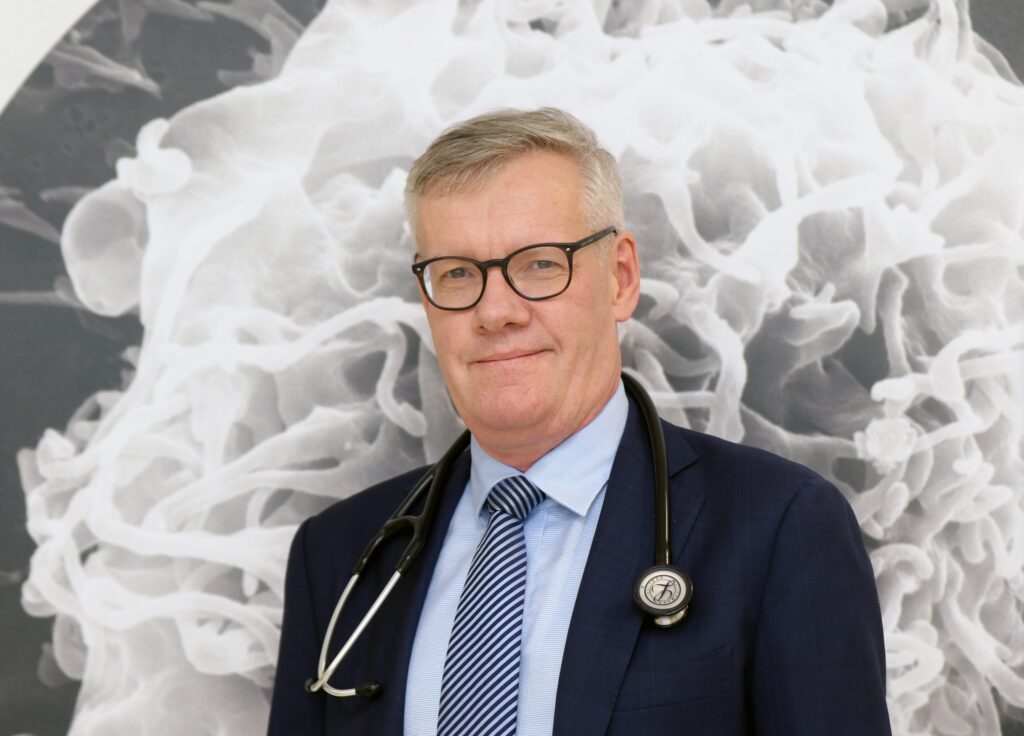
New way forward for treating diabetes
Professor Toby Coates is Kidney and Transplantation Director at CALHN, leading a RAH trial to advance a new clinical approach that offers a potential cure for type 1 diabetes. The exciting method implants insulin-producing cells into an artificial skin layer in the patient’s arm.
In diabetes, islet cells in the pancreas fail to produce normal levels of insulin, making patients reliant on an external source of insulin, typically injections, to stay alive.
While a method involving donated replacement islet cells being implanted into patient livers has achieved some success, the approach has several challenges.
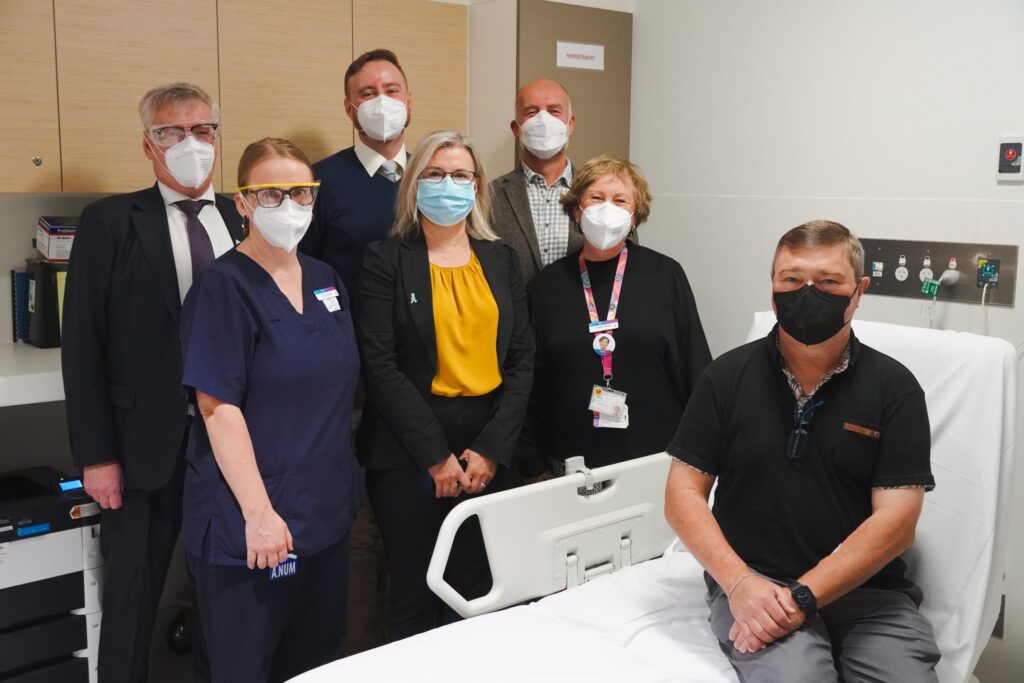
“The quest around the world has been to come up with alternative sites where the cells might be more likely to survive, and that’s what led us to start working here, looking at implanting into the skin,” said Professor Coates.
Working with former Director of the RAH Burns Unit Professor John Greenwood, Professor Coates combined cutting edge skin science with models for diabetes care to create the innovative new approach for diabetic patients.
Compared to other cell-based diabetes treatments, the new trial treatment is less invasive, less risky for the patient, less expensive and can be established under local anaesthetic. An initial trial with patients is showing promise.
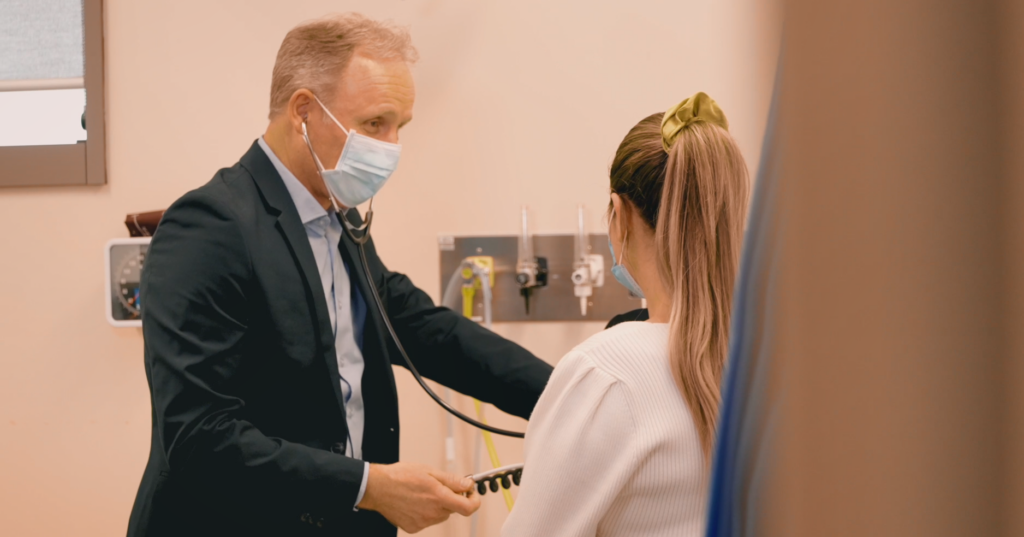
Fresh hope for brain tumour patients
A RAH clinical trial is testing a crucially-needed fresh approach to treat deadly brain tumours known as glioblastoma multiforme. The innovation has been developed by clinicians and scientists at the Centre for Cancer Biology, an alliance between CALHN and the University of South Australia.
The planned trial is highly unique, bringing over a blood cancer treatment approach called CAR-T therapy. CAR-T involves harvesting the patient’s own immune cells, educating them to attack the cancer cells and then putting them back into the blood of the patient where they can travel around the body to take effect.
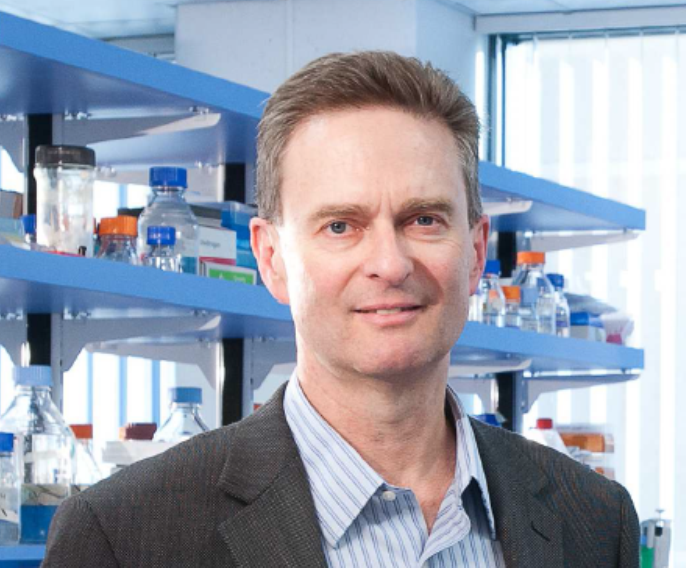
Professor Michael Brown is Director at the RAH Cancer Clinical Trials Unit, and Head of the Translational Oncology Lab at the Centre for Cancer Biology. Working with colleagues, he has made significant advances in applying CAR-T therapy for patients with glioblastoma multiforme, as well as for children with a rare, currently untreatable brain tumour.
“This laboratory work has laid the ground for us to open trials of CAR-T cell therapy for adult and paediatric patients with aggressive brain cancers to offer these patients the opportunity to participate in clinical studies of new therapies,” said Professor Brown.
Beating the odds after lung transplant
An innovative, targeted protocol enacted at the RAH to manage lung transplant patients during the COVID-19 pandemic defied global fatality rates.
Compared to international studies showing up to 45% mortality rate for lung transplant patients who contracted COVID-19, the RAH’s bespoke protocol ensured equivalent survival rates remained very close to zero in South Australia.
CALHN’s Lung Transplant Unit is a multidisciplinary unit which delivers ongoing specialised care for SA’s more than 200 planned and post-lung transplant recipients, as well as centralised expertise and resources for all SA physicians and health care professionals. The plan they developed to minimise risk for lung transplant patients in this state was highly unique, proactive and patient-centred, and supported by a specialised team led by physicians and senior outpatient and inpatient nurses.
CALHN physician and SA Lung Transplant COVID Response Lead, Professor Chien-Li Holmes-Liew says the expertise of the team and regular consultation with patients and families underpinned the protocol’s achievements.
“It was recognised early on by the unit that a world-class standard protocol regarding a dynamic situation required continuous improvement and updating, with rapid changes often necessary to improve and fine-tune the strategy,” said Professor Holmes-Liew.
Care for patients before and after surgery
Overseen by CALHN surgical lead Professor Jane Andrews, the application of preventative, holistic health strategies as well as live data monitoring to ensure the very best outcomes for surgical patients.
In advance of surgery, a unique approach referred to as Pre-Hab – short for prehabilitation — encourages patients to undertake steps prior to surgery to decrease complications which can delay or impair recovery.
“The aim is to have patients link in with their surgical team and their GP,to identify and address risk factors such as smoking, weight, frailty and poor nutrition as this will help to lower the risk of complications and reduce their stay in hospital,” said Professor Andrews.
Consumer feedback on Pre-Hab indicates it is a pragmatic, novel, innovative and scalable approach to addressing the hidden pandemic of post-operative complications, highlighting the place of CALHN as a global leader in digital perioperative care.
Once patients do have surgery, the RAH is one of the first public hospitals in Australia to apply an innovative digital approach to ensure their recovery is optimal.
Developed by medical doctors and computer scientists, the artificial intelligence (AI) technology monitors recorded data such as blood pressure, heart rate, respiratory rate and pathology results, and then creates an integrated picture of patient health. When a deterioration in patient status is detected, the AI automatically alerts medical staff, allowing them to intervene quickly.
“The system uses excellent logic from a clinical perspective and expedites our ability to make decisions that benefit patient care,” said Professor Andrews. “This will become part of our normal safety standards and give us an uplift in bringing care forward.”
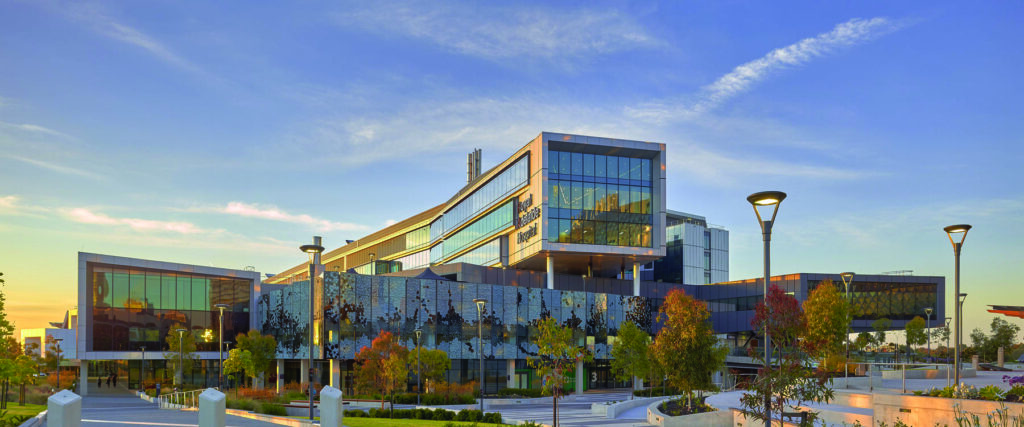
New approaches to manage atrial fibrillation and kidney disease
Clinical staff at the RAH are trialling a unique new model of care for atrial fibrillation, a heart disorder that affects around half a million Australians every year.
CALHN researcher Professor Jeroen Hendriks is the Principal Investigator for the iCare-AF trial, which aims to determine the effectiveness of integrated care management in atrial fibrillation patients.
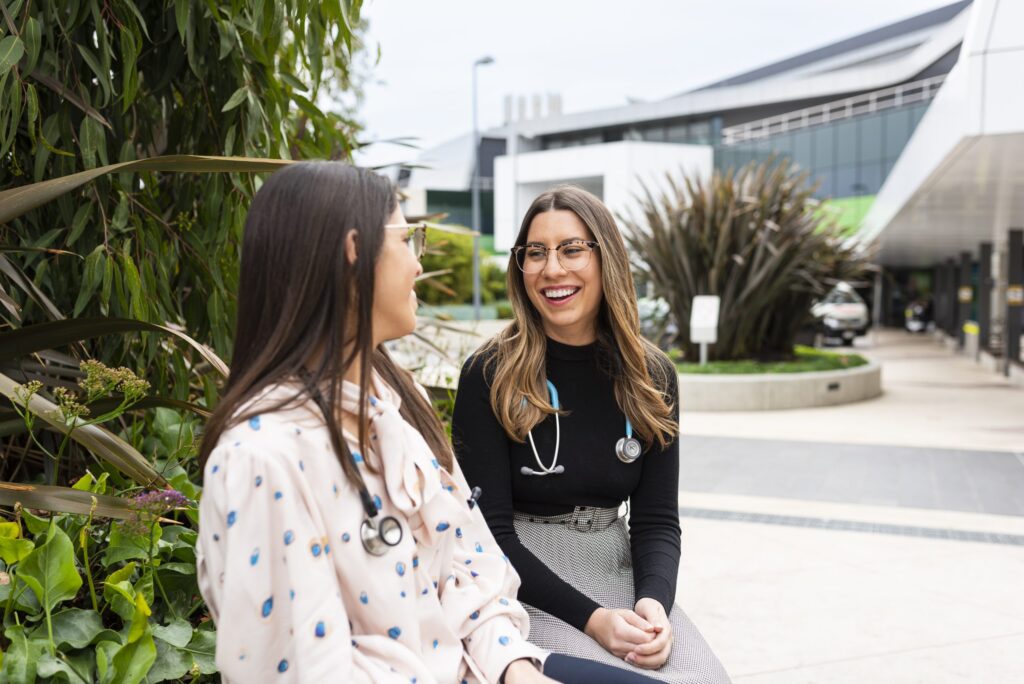
“The iCARE-AF Clinic is based on the concept of integrated care and uses a patient-centred approach to educate and empower people with atrial fibrillation to support them in self-managing their care which includes lifestyle modification,” Professor Hendriks said. “I’m expecting we will see improved data on hospitalisation, use of healthcare services but also mortality.”
CALHN is also developing an innovative new approach to improve clinical care and support of women with chronic kidney disease who are considering pregnancy.
Up to three per cent of pregnancies are affected by chronic kidney disease, which significantly increases the risks of serious complications for mother and baby.
CALHN researcher and RAH Clinical Associate Professor Shilpa Jesudason has been awarded a research grant to develop and evaluate a novel, evidence-based toolkit for pregnancy-related care for her patients. The toolkit will be built with specific national and hospital data, along with experiences of clinicians, patients and their partners.
“What we’re trying to do is generate really solid data so that we can help both clinicians and patients navigate through some of this challenging decision-making,” said Associate Professor Jesudason.
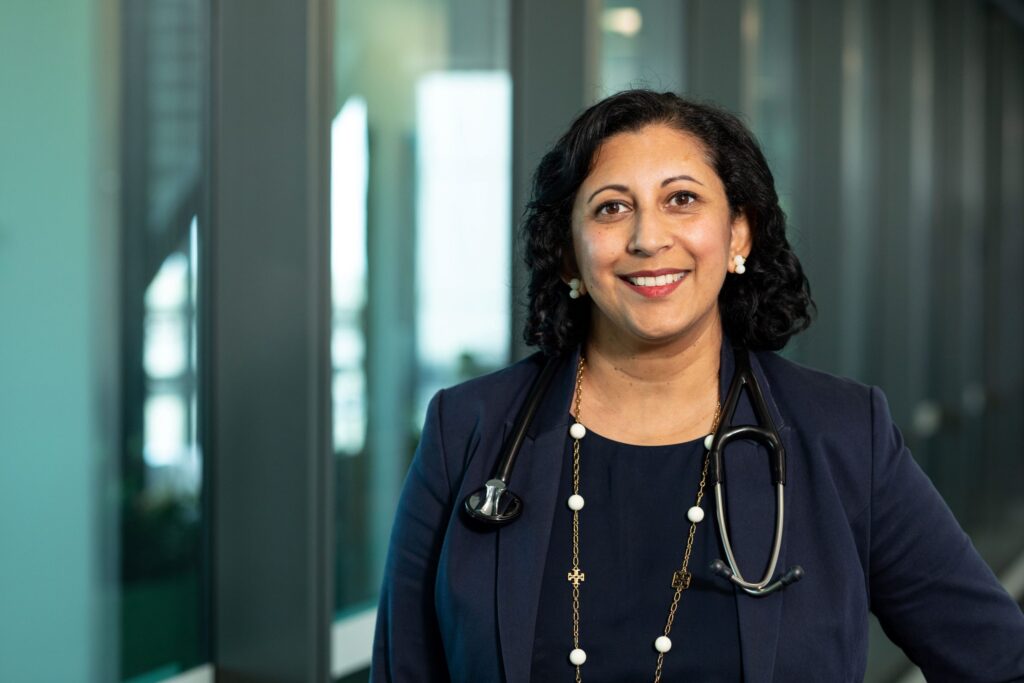
Building a healthy future through innovation
Innovative research, novel scientific discoveries and tailored technologies have led to new treatments, better patient outcomes and effective pandemic management, as well as revitalised ways of thinking, providing care and operating public health services at the RAH and other sites across Central Adelaide Local Health Network.
These results are made possible through the work of academic clinicians and their colleagues across all layers of the healthcare system, in combination with appropriate technologies that create contemporary and responsive healthcare services.
Innovation at the RAH will improve health of current and coming generations and shape tailored, ongoing development of our healthcare system in South Australia. In turn, together we can build wellbeing and resilience for our communities in the face of any challenge the future will throw at us.














